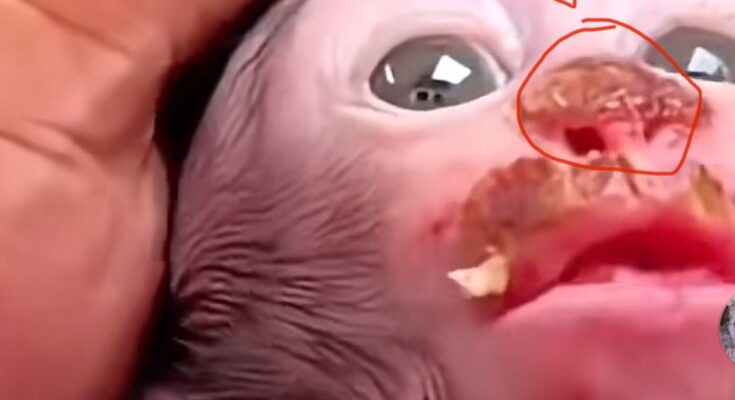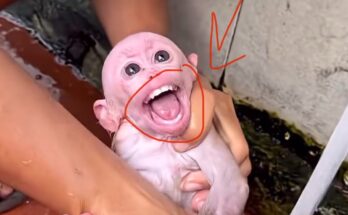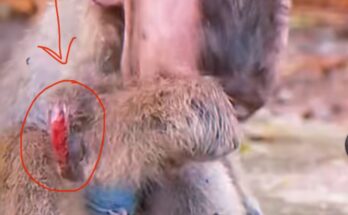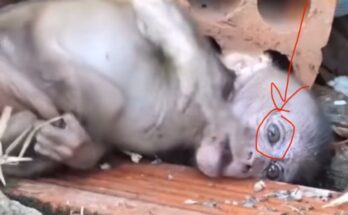Effective Treatment of Skin Wounds in Monkeys: Best Practices in Primate Care
Monkeys, like humans, are prone to skin wounds due to falls, fights, environmental hazards, or medical procedures. Whether in the wild, zoos, research facilities, or sanctuaries, proper wound care is crucial not only for the animal’s health but also for preventing secondary infections and ensuring quick recovery. Treating skin wounds in monkeys requires a combination of veterinary expertise, species-specific knowledge, and compassionate handling.
Understanding Monkey Behavior and Wound Risks
Monkeys are social animals, and their interactions can sometimes turn aggressive, leading to bite wounds, scratches, or abrasions. Arboreal species, such as macaques and capuchins, are also at risk of injury from tree falls or rough surfaces. In captivity, poor enclosure design, sharp objects, or inadequate social grouping can increase the likelihood of injuries.
Early detection is key. Caregivers and veterinarians must be trained to spot behavioral changes like excessive grooming, limping, or isolation, which could indicate pain or infection.
Initial Wound Assessment and Cleaning
The first step in treatment is thorough assessment. The wound’s depth, location, and contamination level determine the course of care. Superficial wounds may only require cleaning, while deep lacerations could need suturing or even surgery.
Cleaning should be done with sterile saline or diluted antiseptic solutions like chlorhexidine. Harsh chemicals such as hydrogen peroxide are generally avoided, as they can damage healthy tissue and delay healing.
If the monkey is uncooperative or aggressive, sedation might be necessary. However, non-invasive approaches are preferred whenever possible, especially for minor wounds.
Antibiotics and Infection Control
Monkeys’ skin flora and the high microbial load in their environment make them vulnerable to infections. Topical antibiotics such as silver sulfadiazine or mupirocin can be applied directly to the wound. In cases where systemic infection is suspected, oral or injectable antibiotics may be administered under veterinary supervision.
Monitoring for signs of infection—such as swelling, heat, discharge, or fever—is essential throughout the healing process.
Bandaging and Wound Protection
Bandaging monkeys can be challenging due to their agility and tendency to remove foreign objects from their bodies. Therefore, protective measures like padded dressings, Elizabethan collars, or even positive reinforcement training to discourage wound interference can be employed.
In some cases, specially designed garments or wraps are used to protect wounds without restricting mobility.
Nutritional and Environmental Support
Wound healing is greatly influenced by nutrition. Providing a diet rich in protein, vitamins (especially A and C), and minerals like zinc can accelerate tissue repair. Hydration is also vital.
A stress-free environment aids recovery. Minimizing loud noises, aggressive group dynamics, and frequent handling helps reduce cortisol levels, which in turn supports immune function and wound healing.
Long-Term Follow-Up
After visible healing, follow-up care is necessary to check for underlying issues such as abscesses or scar tissue formation. Behavioral rehabilitation might also be needed if the wound was trauma-induced.
Conclusion
Effective treatment of skin wounds in monkeys blends clinical knowledge with an understanding of primate behavior. With proper care, most wounds heal without complications, allowing these intelligent animals to return to full health. By refining treatment protocols and investing in preventive care, we can ensure better outcomes for monkeys in all care settings.



